A. Lange & Söhne Lange 1 – REVIEW with exclusive photos, history, price and specs
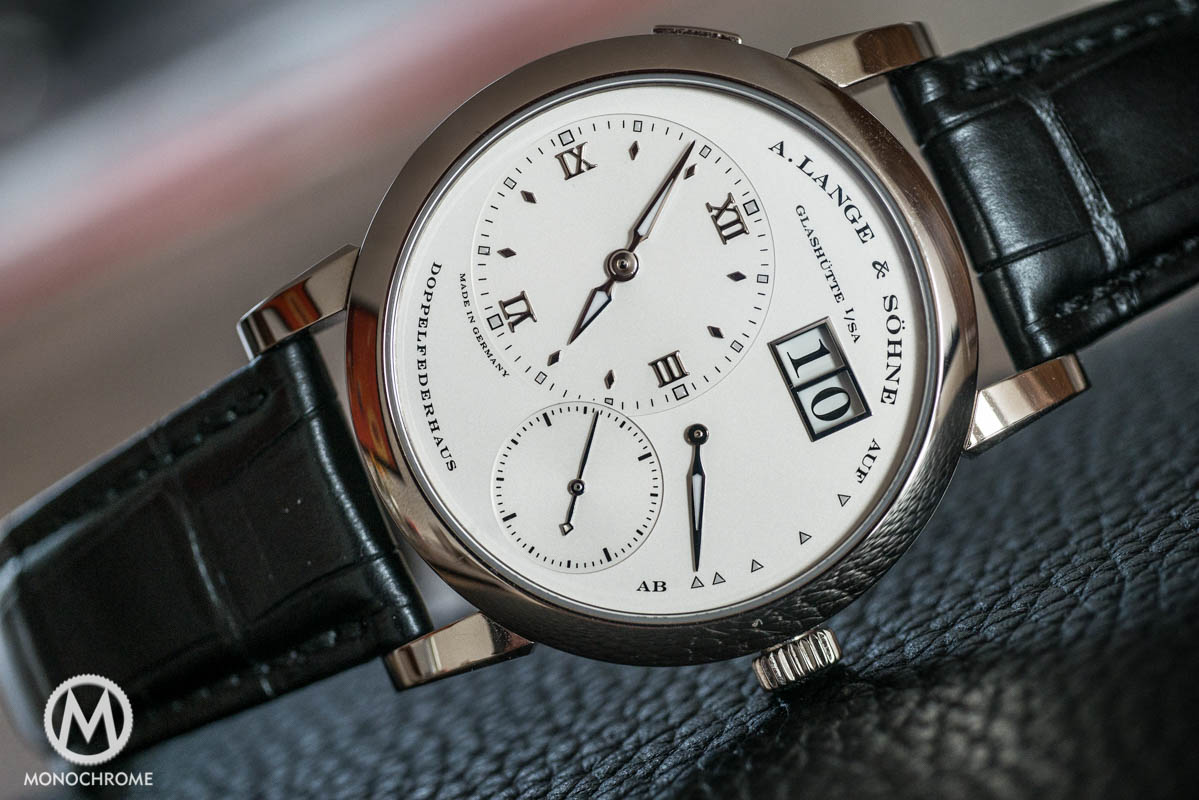
There are only a few real icons in the world of Haute Horlogerie. Think Patek Philippe Calatrava, Rolex Submariner, Datejust and Daytona, Cartier Tank, Omega Speedmaster and also the Breitling Navitimer. All these watches have an impressive history and have been on the market – in a relatively unchanged design – for many decades. Here’s another one that can easily be called an icon, although it was introduced only 20 years ago! We’re talking about the A. Lange & Söhne Lange 1.
History of the A. Lange & Söhne Lange 1
Tomorrow exactly 20 years ago – 24 October 1994 – the new German watch brand named A. Lange & Söhne, introduced their very first collections of watches. That was just four years after Ferdinand A. Lange’s great-grandson, Walter Lange, together with Günter Blümlein (at the time the managing director of IWC and Jaeger-LeCoultre) wanted to relaunch the brand, shortly after the reunification of Germany. Lange Uhren GmbH was founded on 7 December 1990 in Glashütte, and registered the A. Lange & Söhne brand worldwide.

Just four years after the official registration of the brand. Four years in which they had to find a location, furnish the offices and workshops, hire staff, watchmakers, buy machinery and install everything, start designing their own watches and all that of course with a specific goal in mind. That goal was to put Germany back on the map of the high-end watchmaking. The means came in the shape of four new watches that were presented on 24 October 1994. Among these four timepieces, the watch that put A. Lange & Söhne, and Germany, on the map of high-end watchmaking. It is the iconic face of the Saxon brand, the Lange 1.

It’s all very impressive. The short time in which the brand was founded, everything was organized (buildings, staff, machinery, etc) and four entirely new watches were designed and manufactured. It was, and is, a rather unusual collection of watches, especially considering this was Lange’s first collection. There was a round watch with a rather unusual dial layout that includes a large date, there was a small and rectangular watch with a large date (the Arkade), a classic and round watch, also with large date (named Saxonia), and the Tourbillon “Pour le Mérite” which was simply spectacular. The Tourbillon “Pour le Mérite” has become a true collector’s item and prices increase every year.
While the vast majority of watches came with central hands and a small date window, the Lange 1 featured an off-centre hour/minute dial, a small second sub dial, a large date (outsize date as Lange named it) and a large power reserve indicator. The idea was that all the indications should not overlap each other. And there was the famous arced signature including the “Glashütte i/SA”, where “i/SA” is the abbreviation for “in Saxony”.

All indications were positioned according to the harmonious proportions of the golden section. The off centre hour/minute dial features applied hour indexes (Roman numerals for the 12, 3, 6 and 9), the hour and minute hand are sword-shaped, and even the power reserve indicator is sword-shaped, only the second hand is thin needle with a beautiful counter balance.
The Lange 1 was a bit of a strange creation. Maybe you it’s best to compare it to the ugly duckling, that became a swan. Twenty years later, the watch with the unmistakable face has become an icon, a horological classic. Twenty years later it is still being crafted, virtually unchanged. Twenty years later its popularity turned the Lange 1 into the cornerstone of a watch family composed of 15 models, which come in various case diameters, as manually wound or self-winding version, with various added complications and in various metals. And of course there are special models and limited editions, which rank among the coveted timepieces that regularly fetch record prices at auctions.
In the first year, 1994, the Lange 1 was available in yellow gold with yellow gold hands and champagne dial (ref. 101.001), with blued steel hands and argenté dial (ref. 101.002) or in platinum (ref. 101.005). A year later, in 1995, Lange started offering the Lange 1 models with a sapphire crystal case back that revealed the beautiful finishing of the L901.0 movement. In 1997 the solid case back was no longer available and white gold and red gold versions were added to the collection.
The Lange 1 on the wrist…
Now, how is it on the wrist? Every watch wears differently, feels differently, matches with different outfits/styles/occasions, etc. So in order to get a good idea of how it really is to wear it on a daily basis, I’ve been wearing a Lange 1 in white gold for several weeks.

We have to realize that in terms of pricing, used materials, build, finishing, style, etc, the Lange 1 is positioned as a premium classic watch. Its peers are Patek Philippe, Vacheron Constantin, Piaget, Breguet and well, there are actually not that many watches that can level with it. Somehow that’s something that became clear during the test period; the Lange 1 is lonely at the top.
Dial / hands
The dial layout is rather unique and therefore it’s very recognizable. With the outsize date positioned at the upper right part of the face, the large power reserve indicator positioned just below the date, and at the lower right side of the dial is the small second sub dial. On the left side of the dial is the off centre hours and minutes dial. Arced at the top is the brand’s full name and their hometown, i.e Glashütte in Saxony, Germany. Just below the hours/minute sub dial is printed “made in Germany” and below that “Doppelfederhaus”, which means the Lange 1 is equipped with double main spring barrels (which deliver 72 hours of power reserve.)
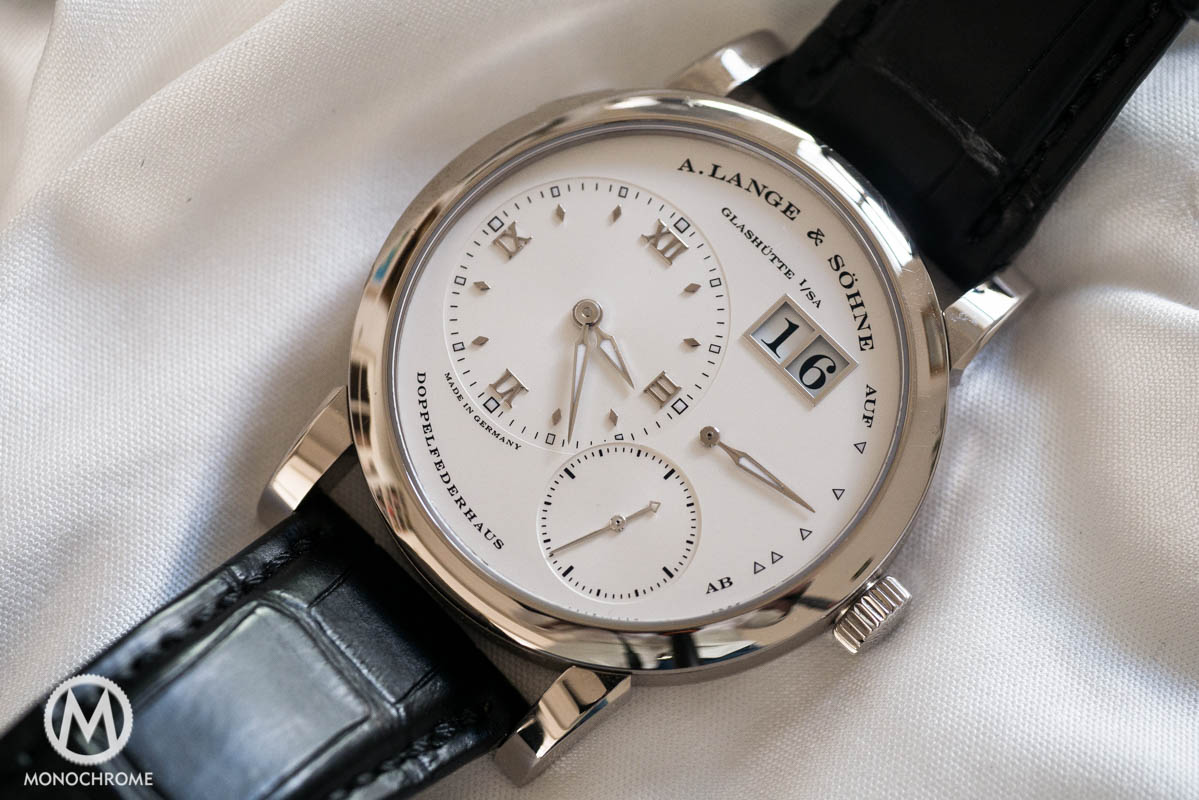
This white gold version has a solid silver dial, in a so-called argenté finish. On the wrist it looks almost white, but there’s also a hint of silver and a bit of a warm glow. It definitely is much more vivid than a white lacquer dial. Hands, markers and the outline around the double outsize date window, are made in rhodiumed gold.
The hour, minute and power reserve hands, and power reserve markers have applied luminous material. That’s out of the ordinary, because most classic dress-style watches do not feature hands with luminescent material. I found the luminous hour and minute hand to be very convenient, as it really helped reading time when it became darker, and even during the night it was possible to read the time. OK, luminescence was not on par with the average dive watch, however I think Lange got it just right. Hands that glow in the dark like a torch, would look rather strange on a classic watch like the Lange 1.
Case / strap
The white gold case measures 38.5 mm in diameter and is exactly 10.0 mm in height. These dimensions were rather average for a classic watch, when the Lange 1 was introduced twenty years ago. In the past decades fashion has changed and even classic dress watches are often larger than 40 mm in diameter. The Lange 1 has remained the Lange 1.
The Grand Lange 1
To serve people who desperately wanted a larger Lange 1, they created the Grand Lange 1 in 2012. It is 40.9 mm in diameter and 1.2 mm thinner. You might think that’s no big deal, but it actually is. Lange did not just increase the case dimensions, no, they also increased everything in the movement with exactly the same percentage, so that proportions (as seen on the dial) would remain exactly the same.
The Lange 1’s case comprises three parts: a polished bezel, a satin brushed mid-case, and the case back (with sapphire crystal pane) is partially satin brushed and partially polished. The sculpted lugs are screwed onto the case-band, and also the crown and a push piece (that allows you to advance the date) are set into the case-band.
The case feels and looks superbly finished. The review watch I had for several weeks, came on a black alligator leather strap, with large scales. The (almost) white dial, the white gold case, and the black alligator strap are a beautiful classic combination. The strap was closed with a tang buckle; something that I prefer over a folding clasp, because you will not feel it during wearing. A folding clasp has advantages – it feels more secure – however it can also be felt pressing into your wrist, and sometimes puts the watch off-balance on the wrist. That won’t happen with a simple tang buckle.
Movement
Now on to the always impressive Lange calibre L901.0. This in-house movement is developed, designed, manufactured, finished, assembled, and regulated by A. Lange & Söhne in their manufacture in Glashütte. The movement has been finished to the very highest standards, and features a three-quarter plate with Glashütte ribbing (the German equivalent of côte de Genève), jewels are set into gold châtons and secured with heat-blued screws, edges have been angled and polished by hand, and the balance cock is engraved by hand.
I’ve met a lot of watchmakers and of course we also talk about watches from various brands. Every time any watch from Lange & Söhne is discussed, every one immediately agrees. This is the top, this is the pinnacle, and moreover, it’s spectacular value for money. That might sound strange, because Lange watches are not cheap. However these watchmakers know how much time is spend on finishing, assembling, testing, disassembling, and assembling again. They know how much time of very skilled watchmakers has been invested.
All watches made by A. Lange & Söhne are assembled twice. And all watches are finished to a level perfection that you’re not likely to find any where else. Most of these finished parts will never be seen by the owner, but rest assured, they are finished to perfection.
Specifications calibre L901.0
- Numbers: 53 jewels / 365 individual parts / 9 screwed gold chatons
- Escapement: lever escapement, shock-resistant screw balance, Nivarox balance spring, patented micrometre-screw index adjuster with whiplash spring
- Power reserve: more than 72 hours when fully wound, stored in two main spring barrels
- Functions: Off-centre time indication, subsidiary seconds dial, outsize date, UP/DOWN power-reserve indicator, stop-seconds mechanism
- Movement measures: 30.4 mm in diameter, 5.9 mm in height
Conclusion
When I first saw a Lange 1, some 12 years ago, I really did not know what to think of it. Was it beautiful or kind of strange? I read more about the brand, later I had the good fortune to visit them, several times, and witness the production. I got up close and personal with many of their watches, and reviewed the simply spectacular Double Split and the stunning Datograph. Now I know the quality, the dedication, and the strive for perfection. When it comes to classic styled watches, with a manually wound movement, and a convenient date complication, there’s no watch that can call the Lange 1 its equal. And moreover, the ugly duckling has definitely become a beautiful swan.

With a price of just under € 30k Euro it costs more than a Patek Calatrava. The only classic styled watches with a manually wound movement and a date, which are more expensive, are probably adorned with many carats of diamonds. But if you simply want the best, without wearing other jewels than the 53 used in the movement, than look no further. In twenty years time the Lange 1 has become an icon, it has become known for its striking looks and for its spectacular finish.
More info and availability: www.alange-soehne.com

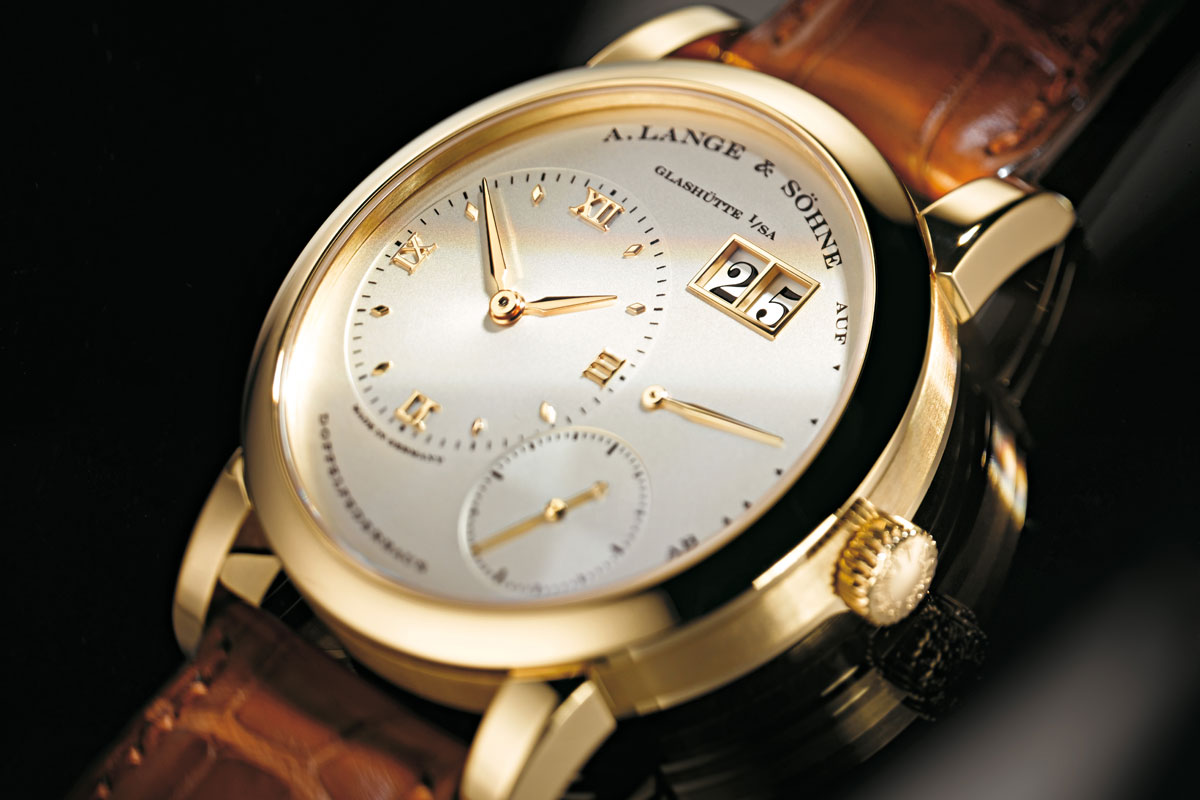
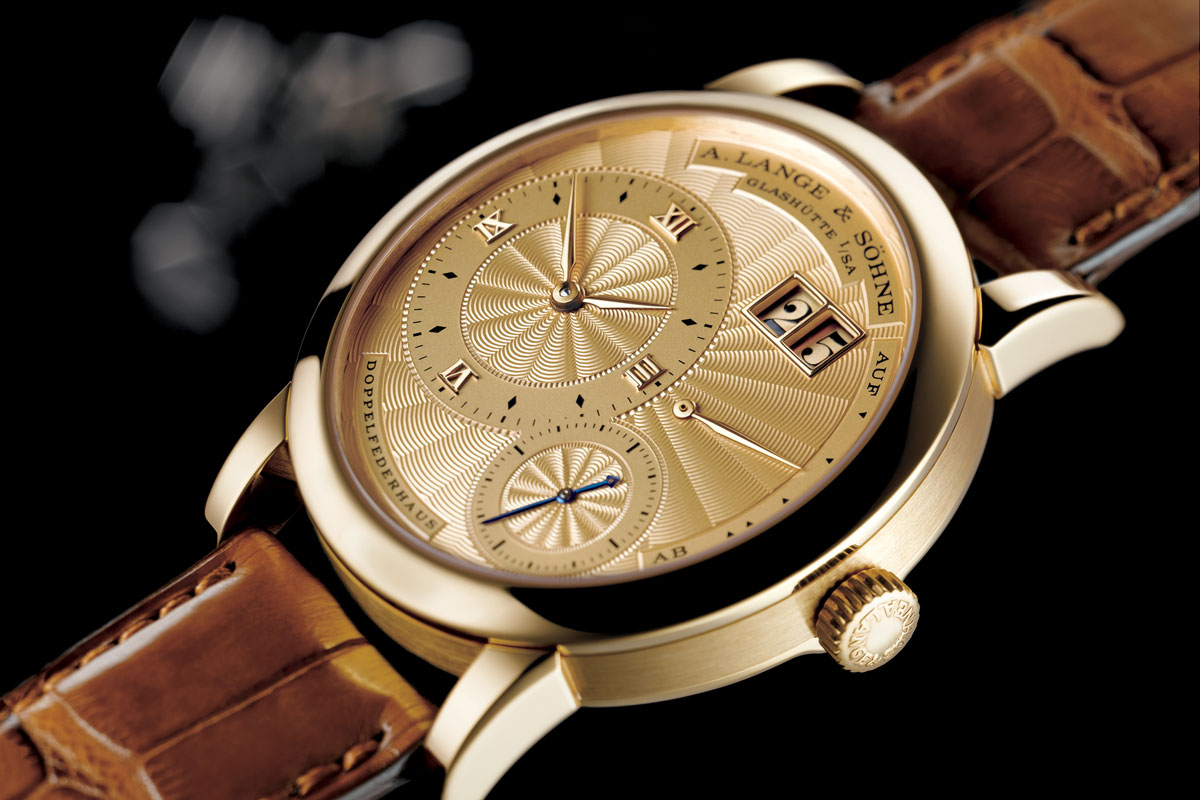
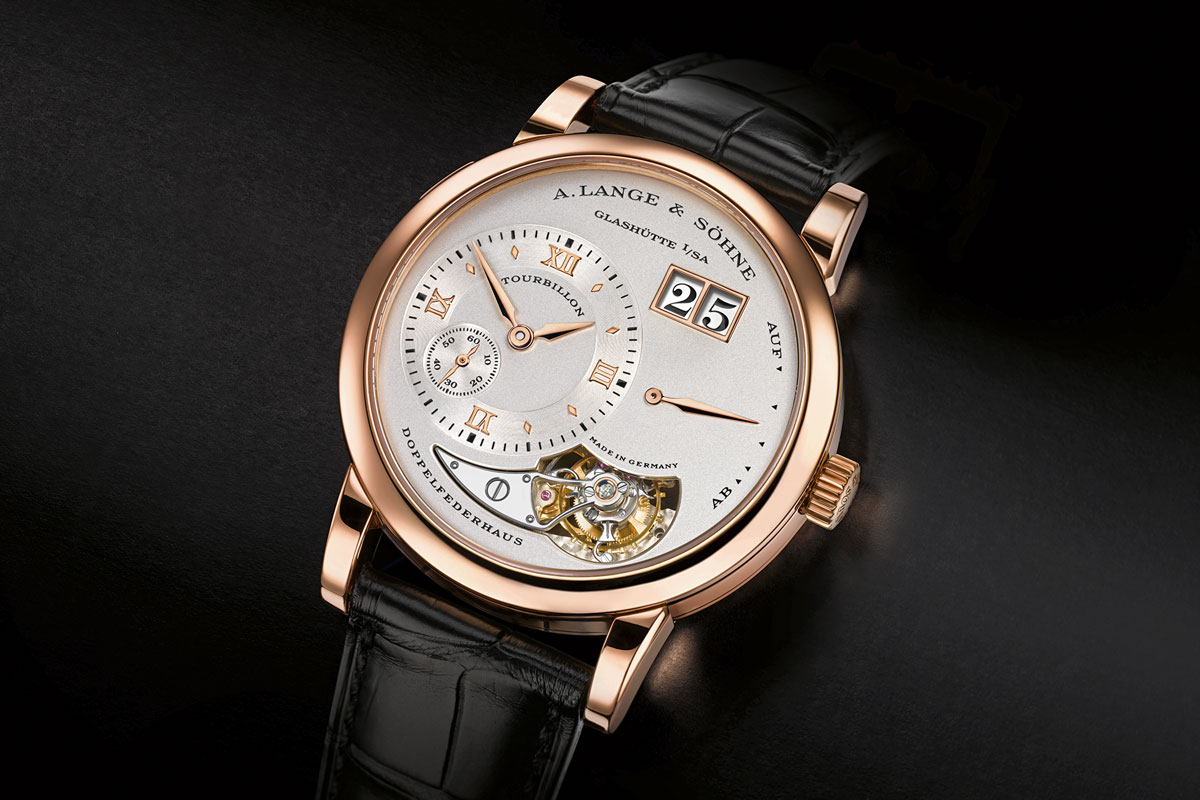
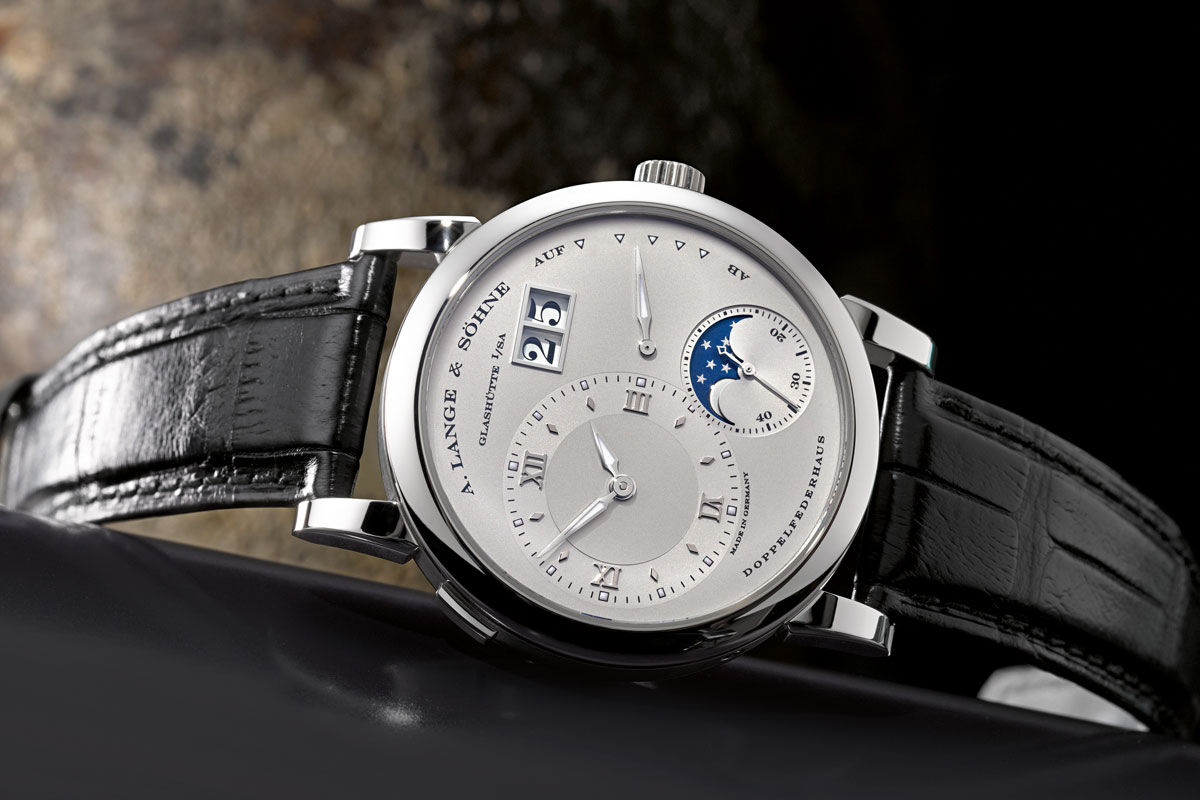
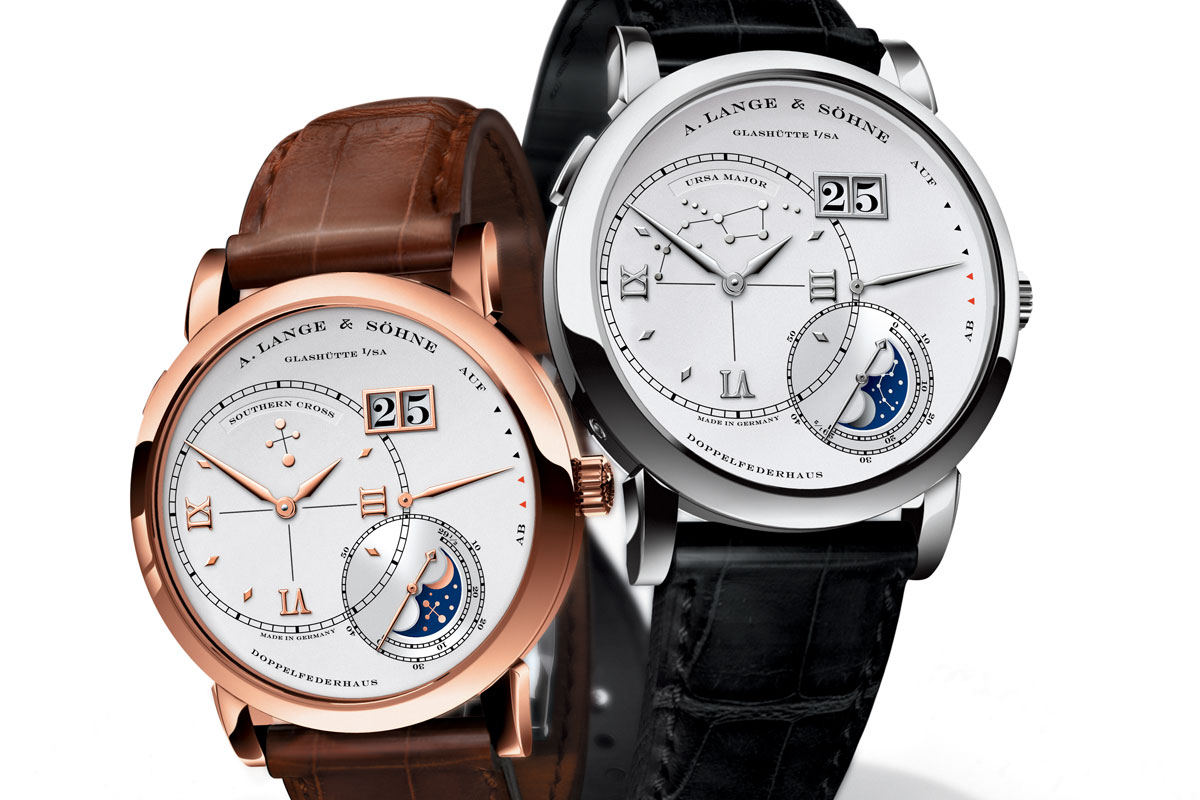
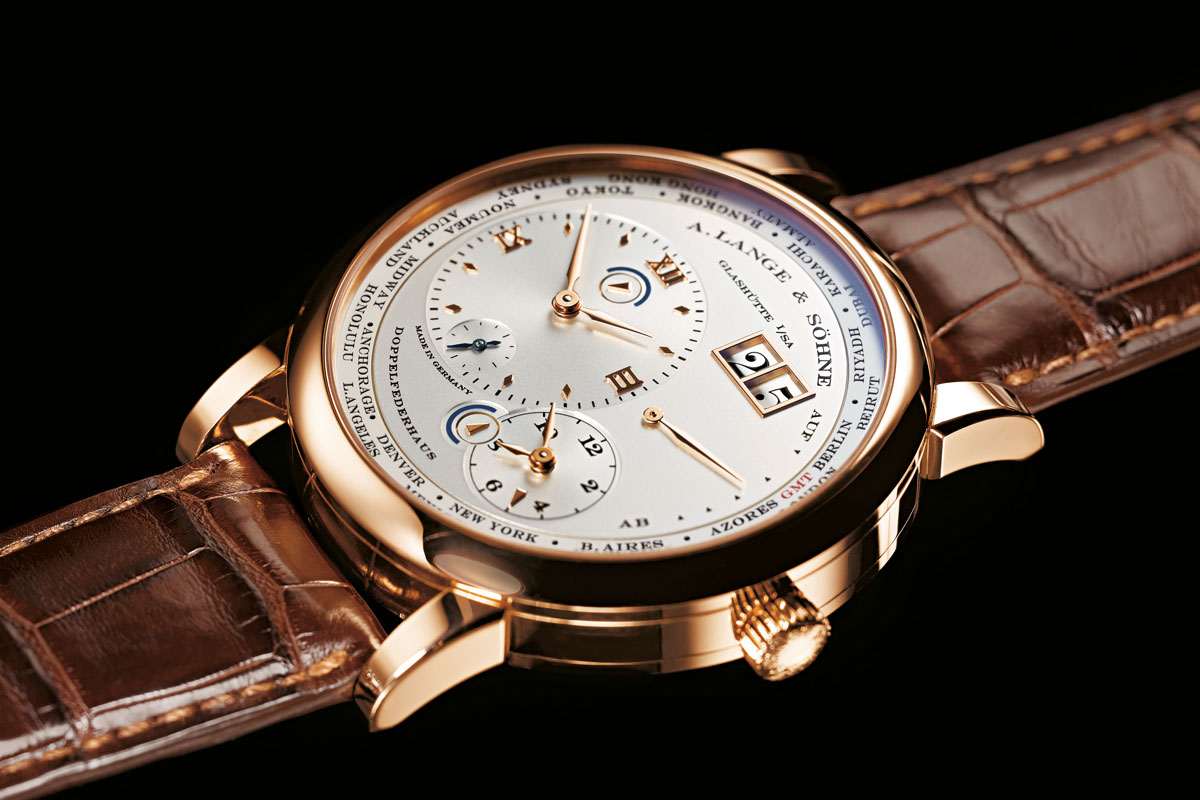
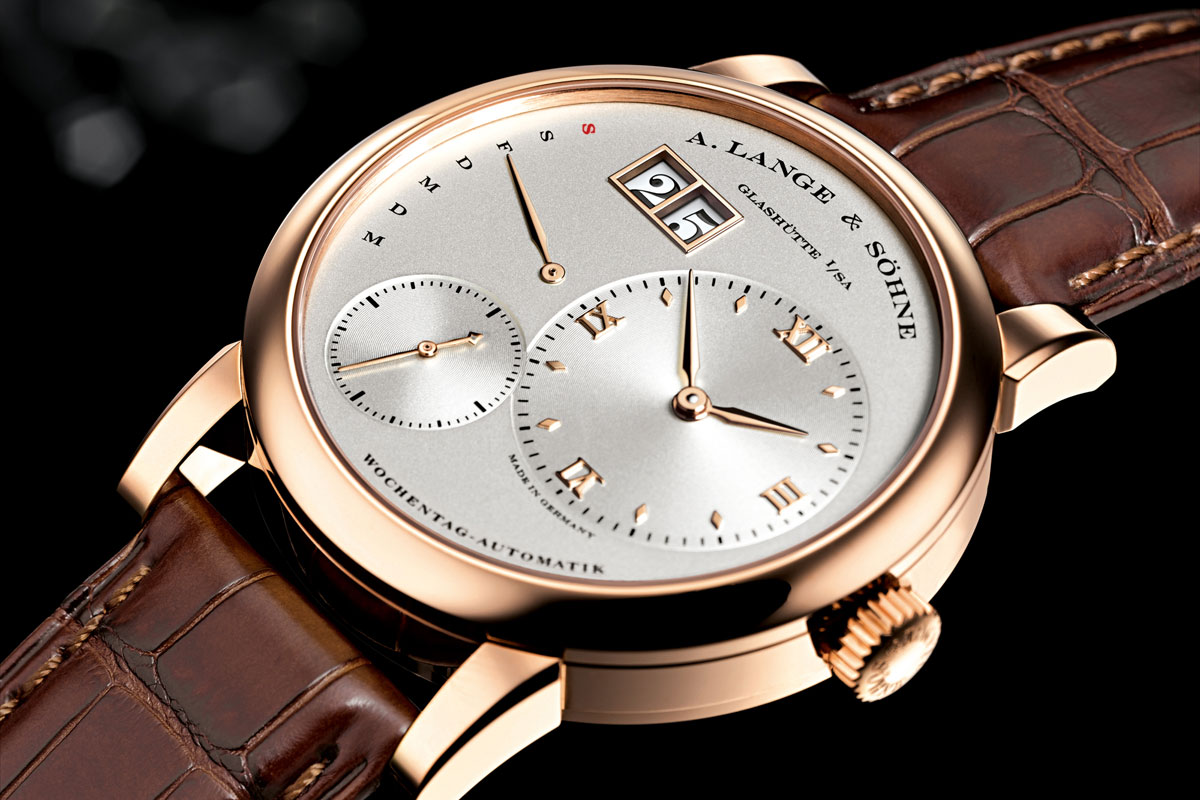
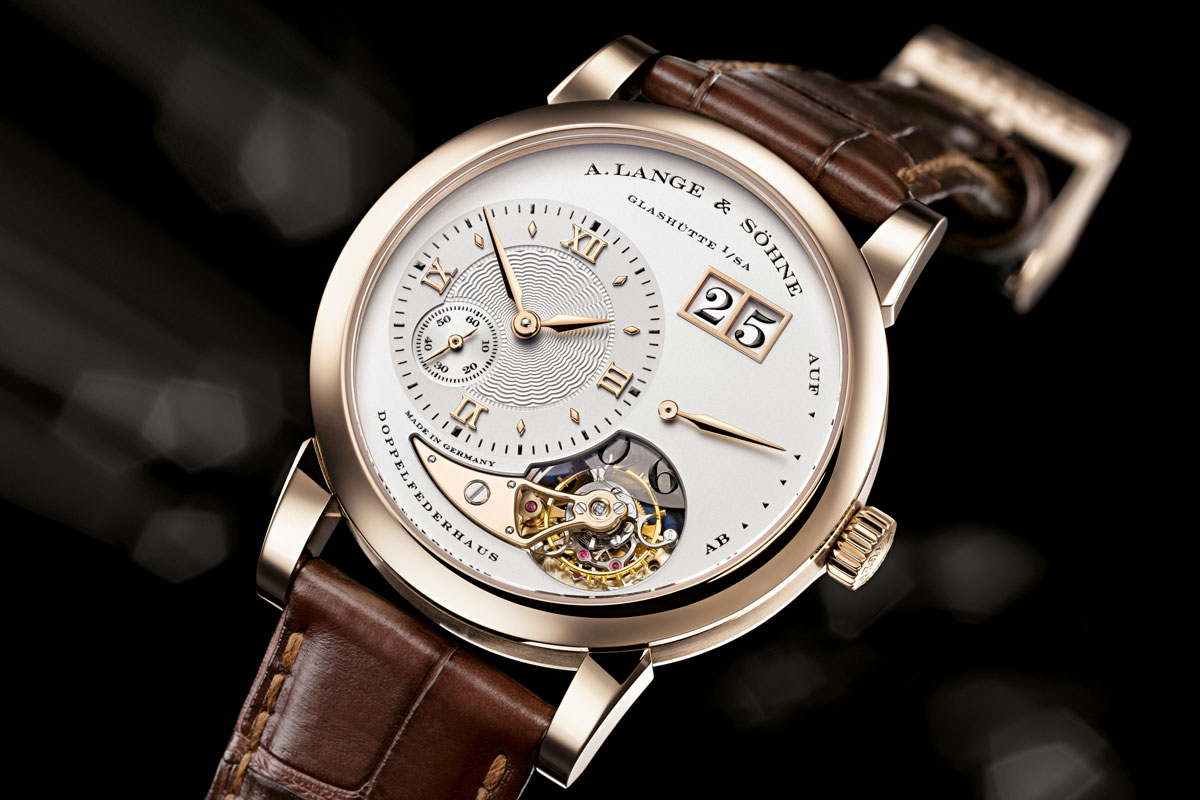
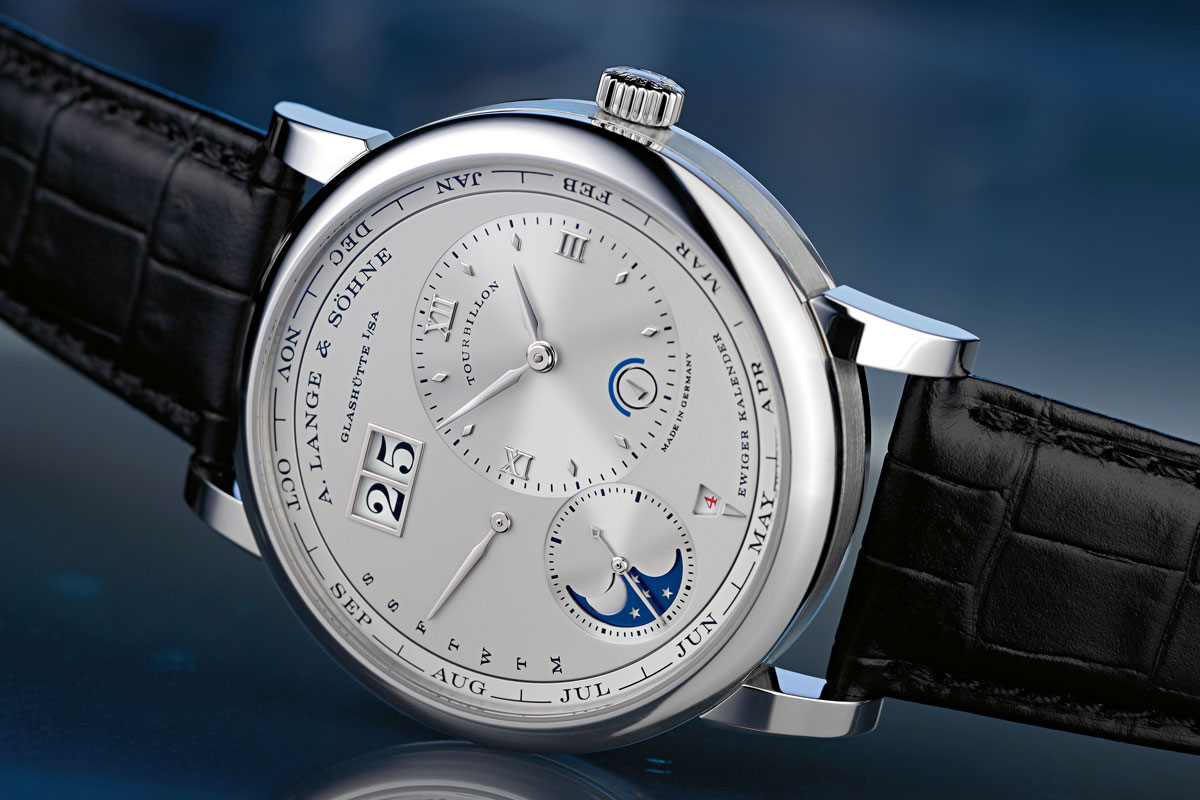
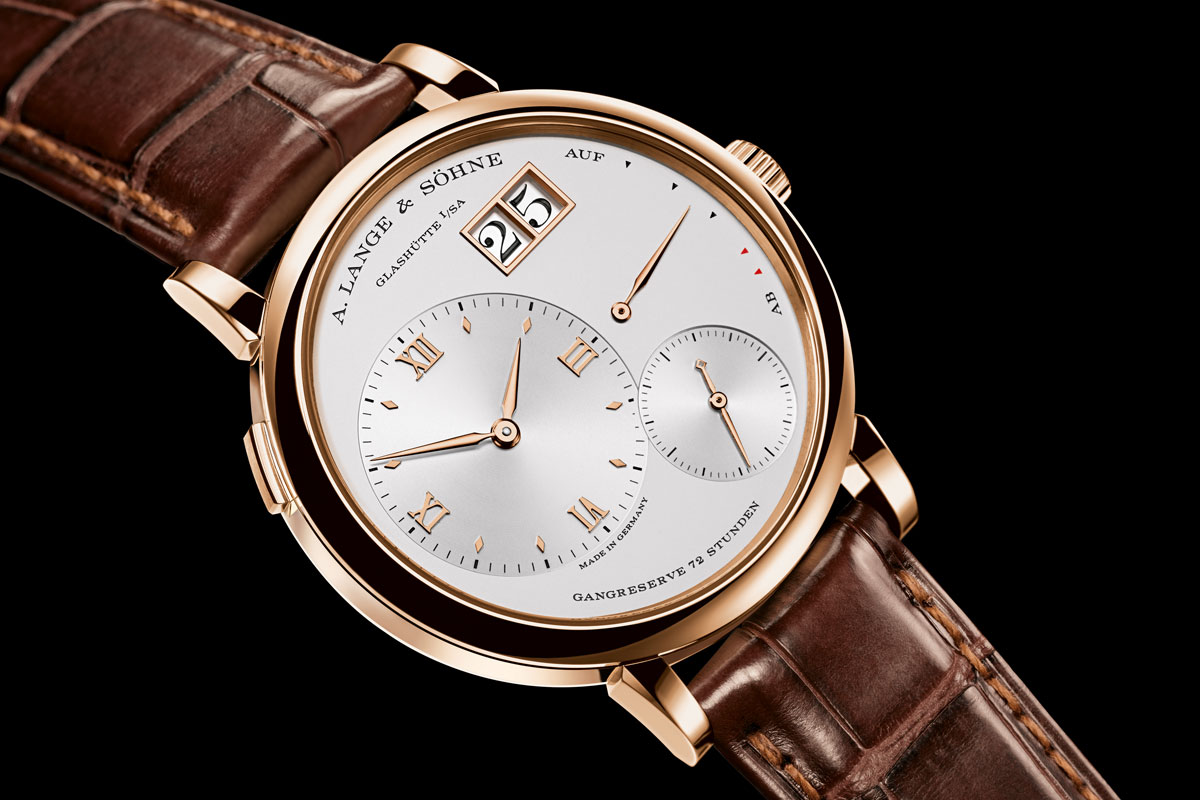
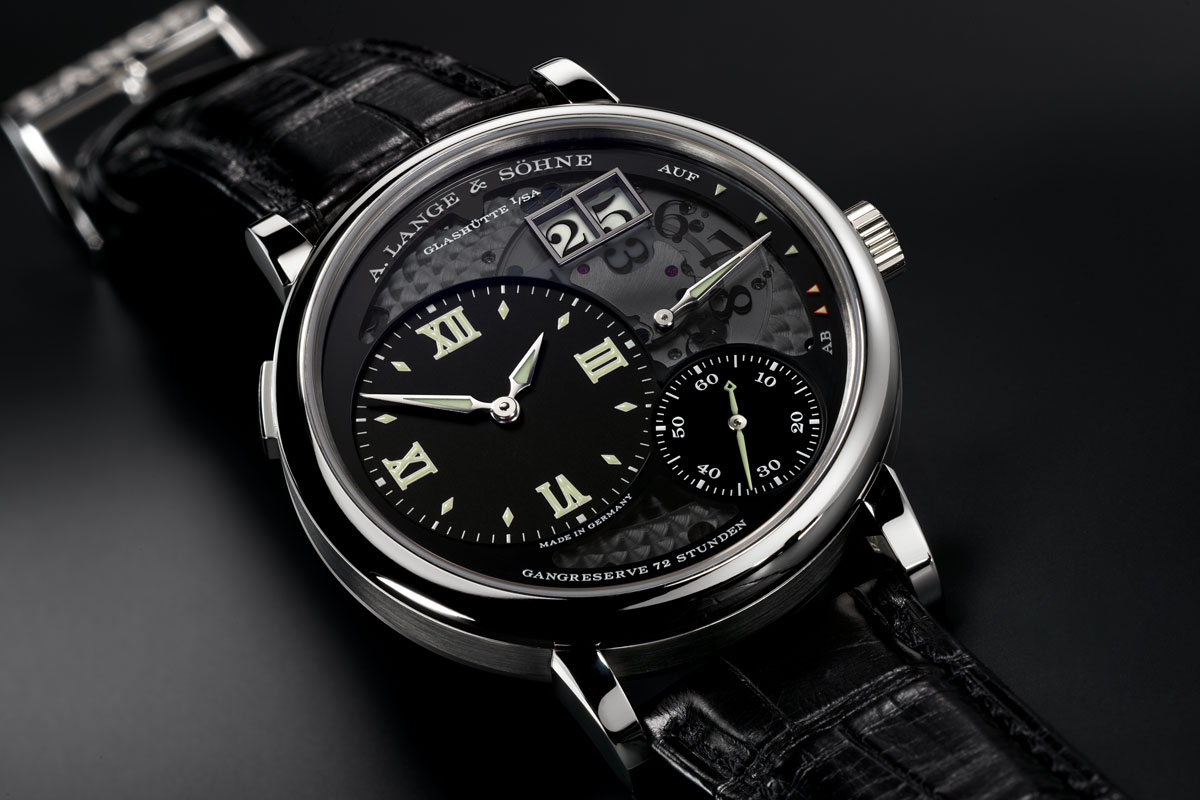

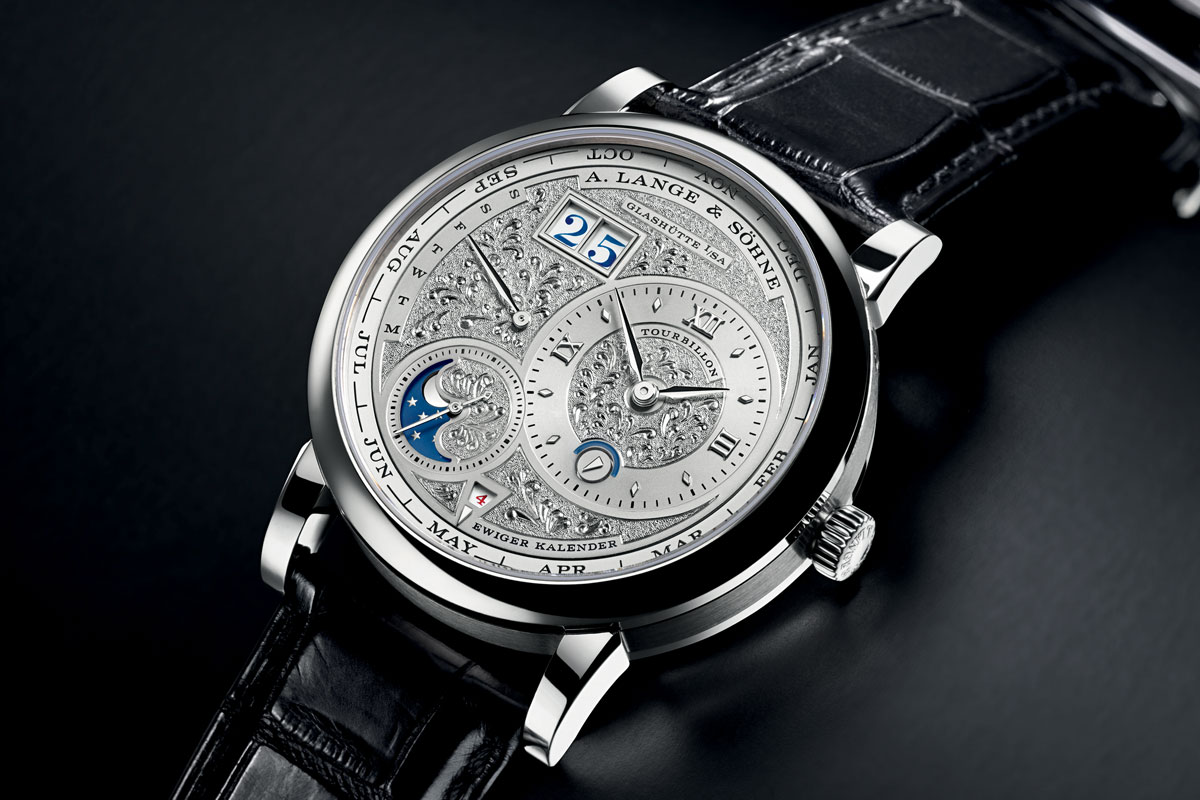
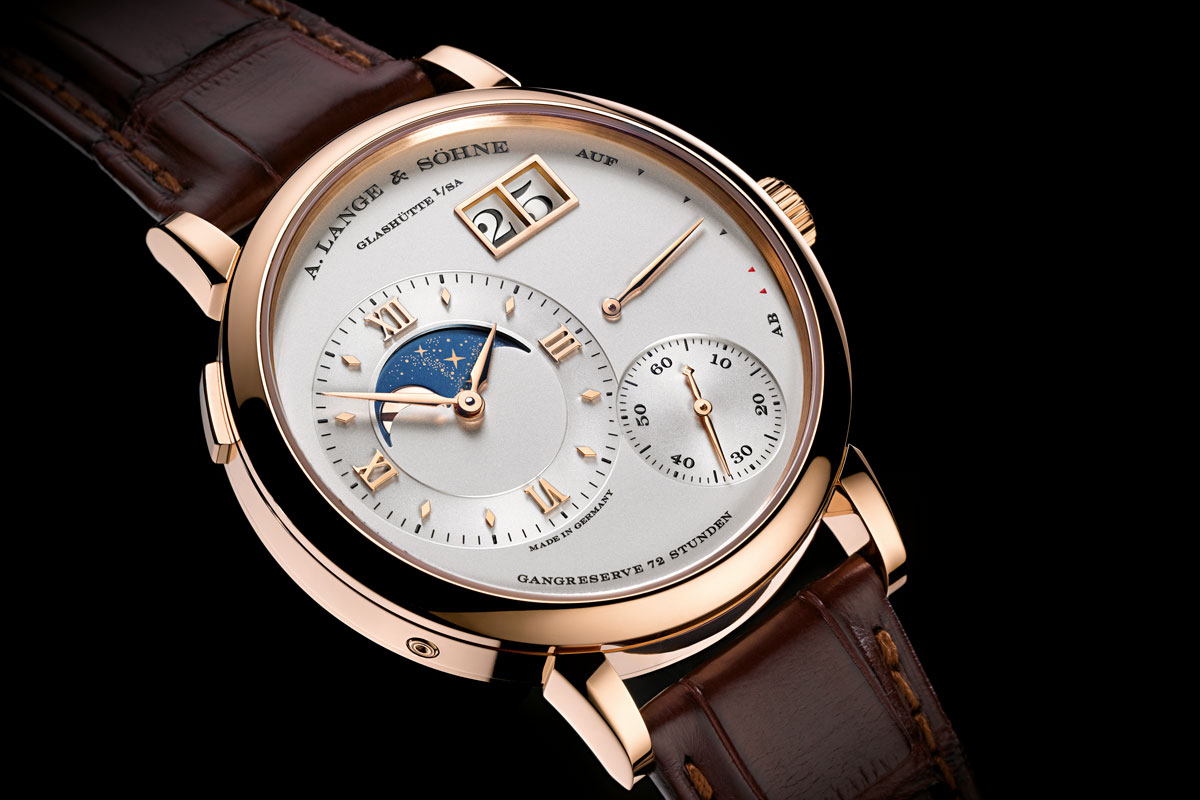
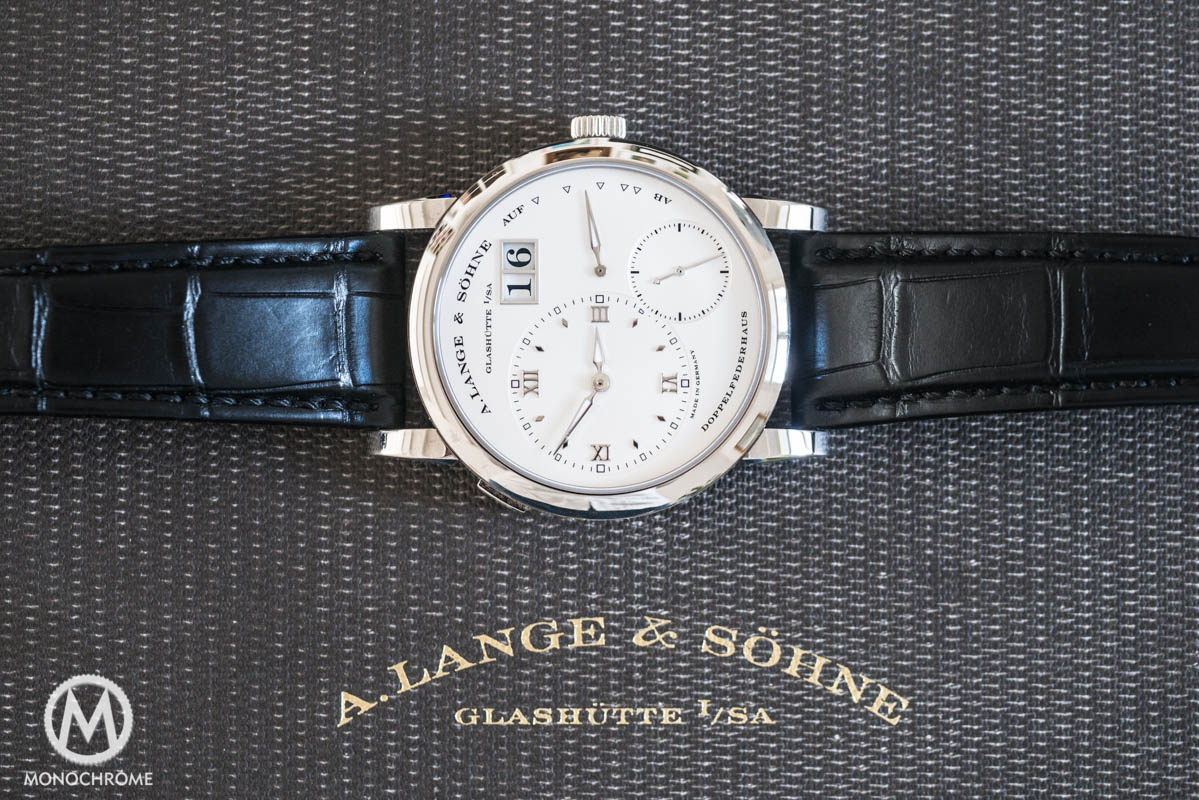
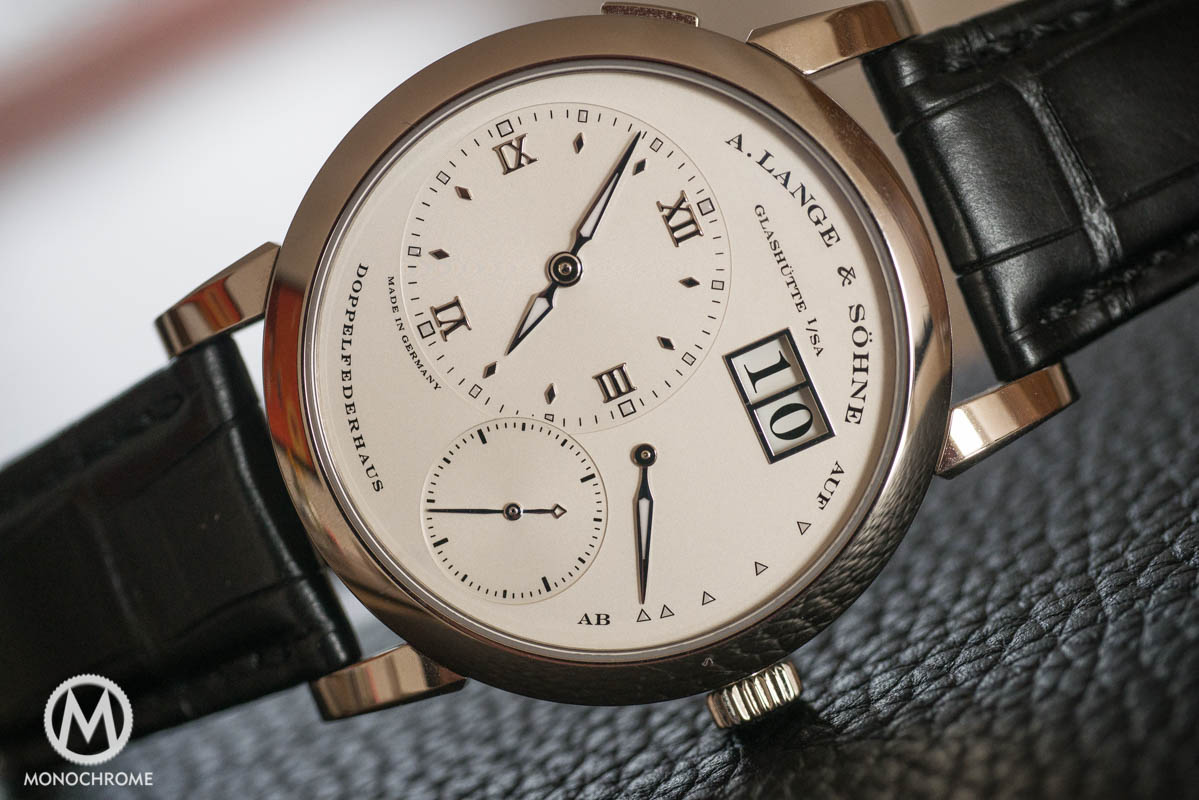
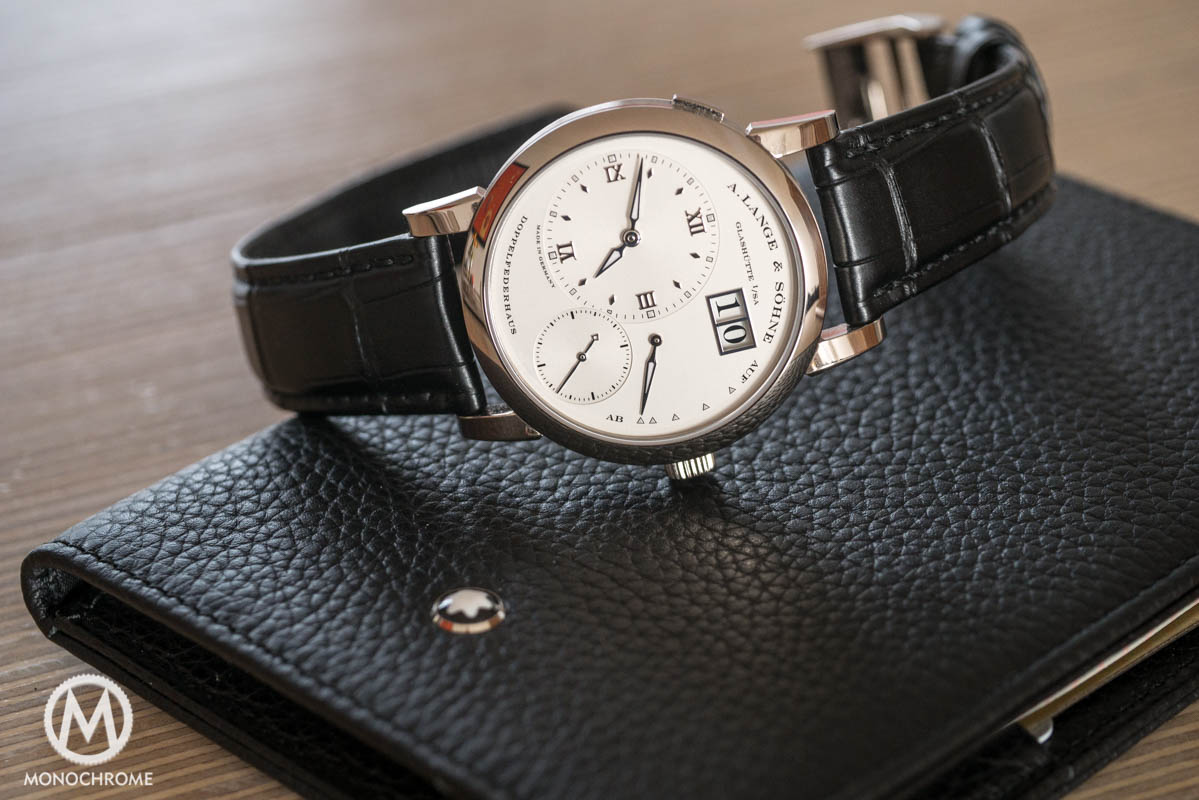
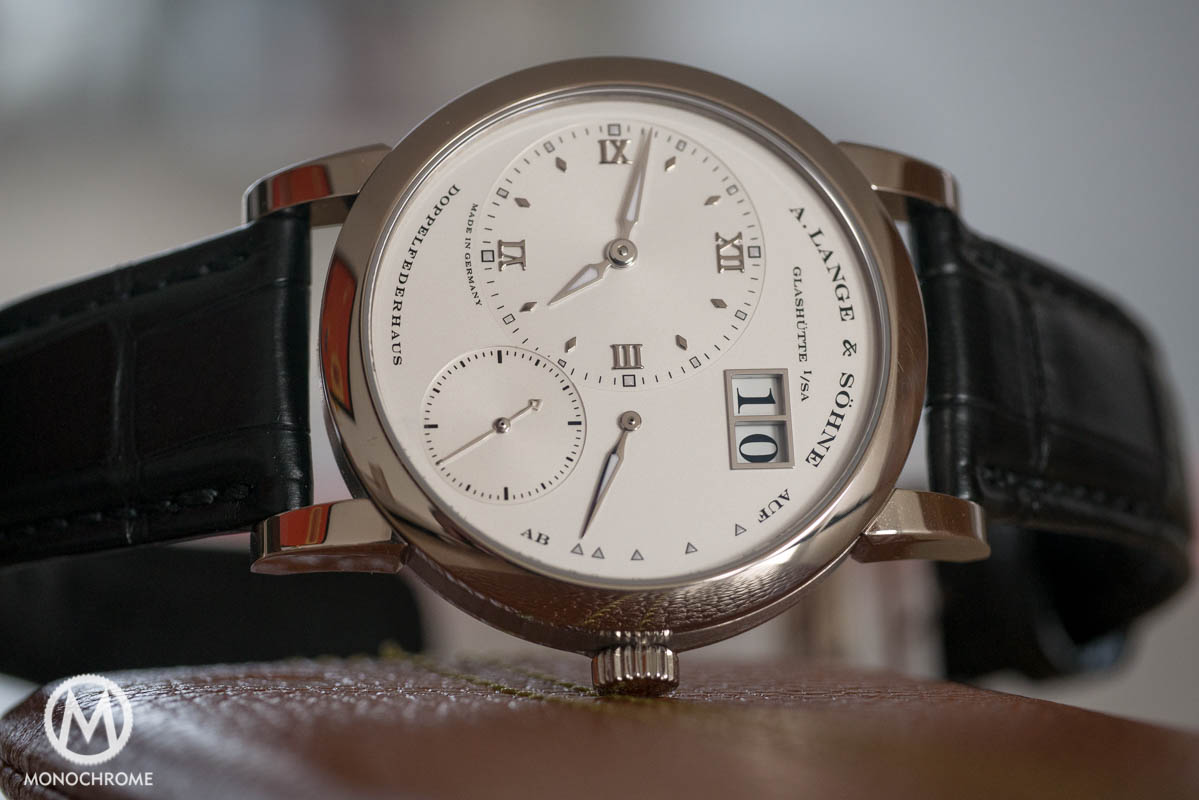
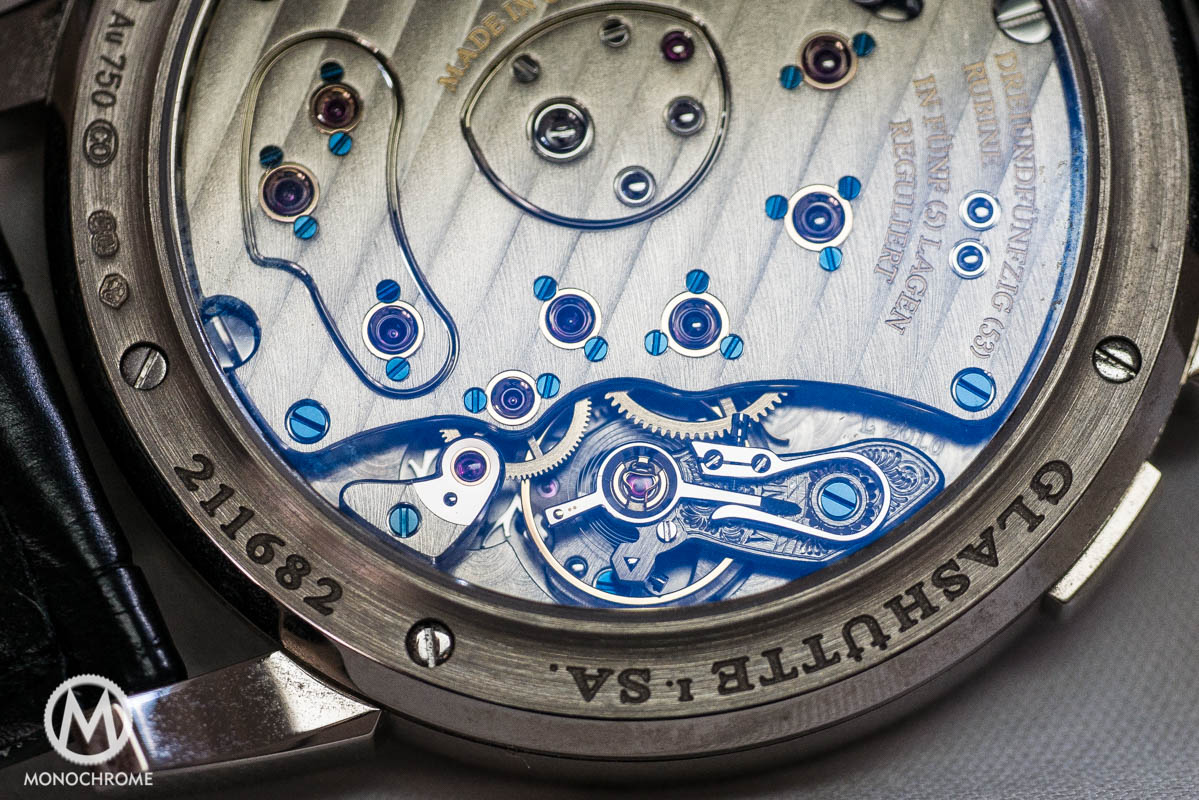
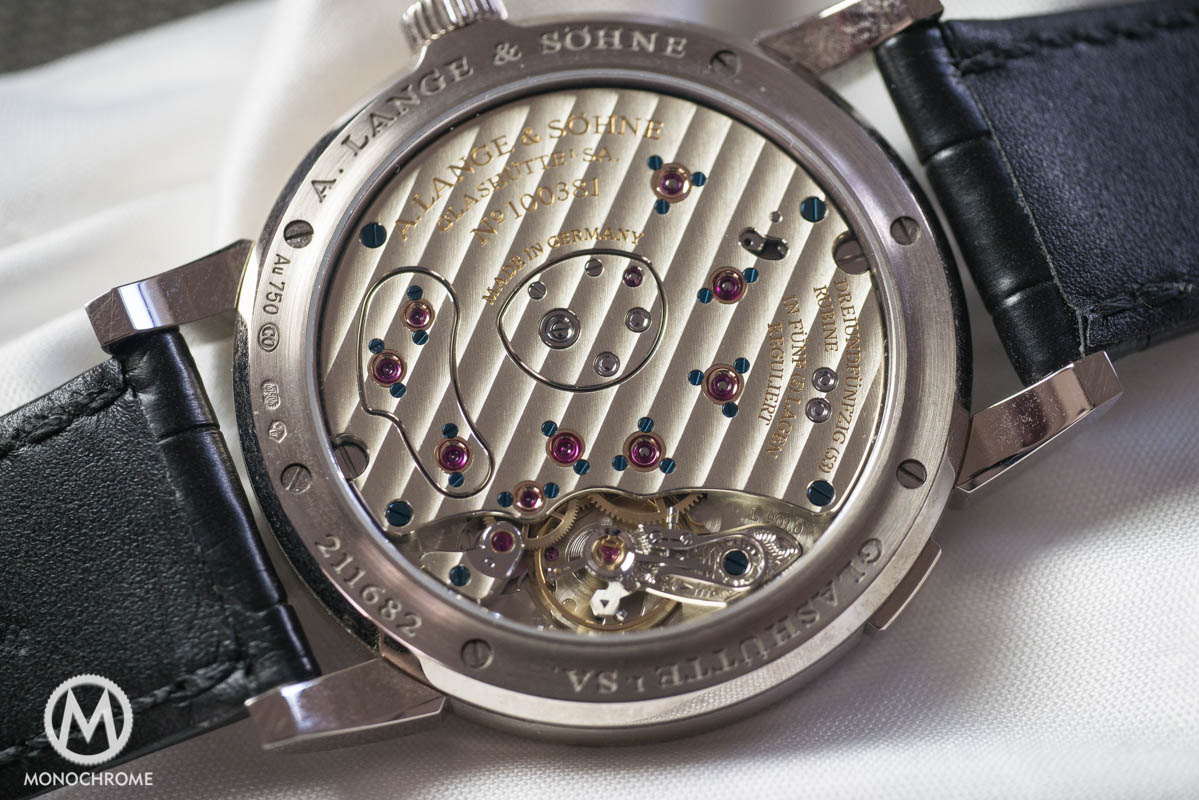
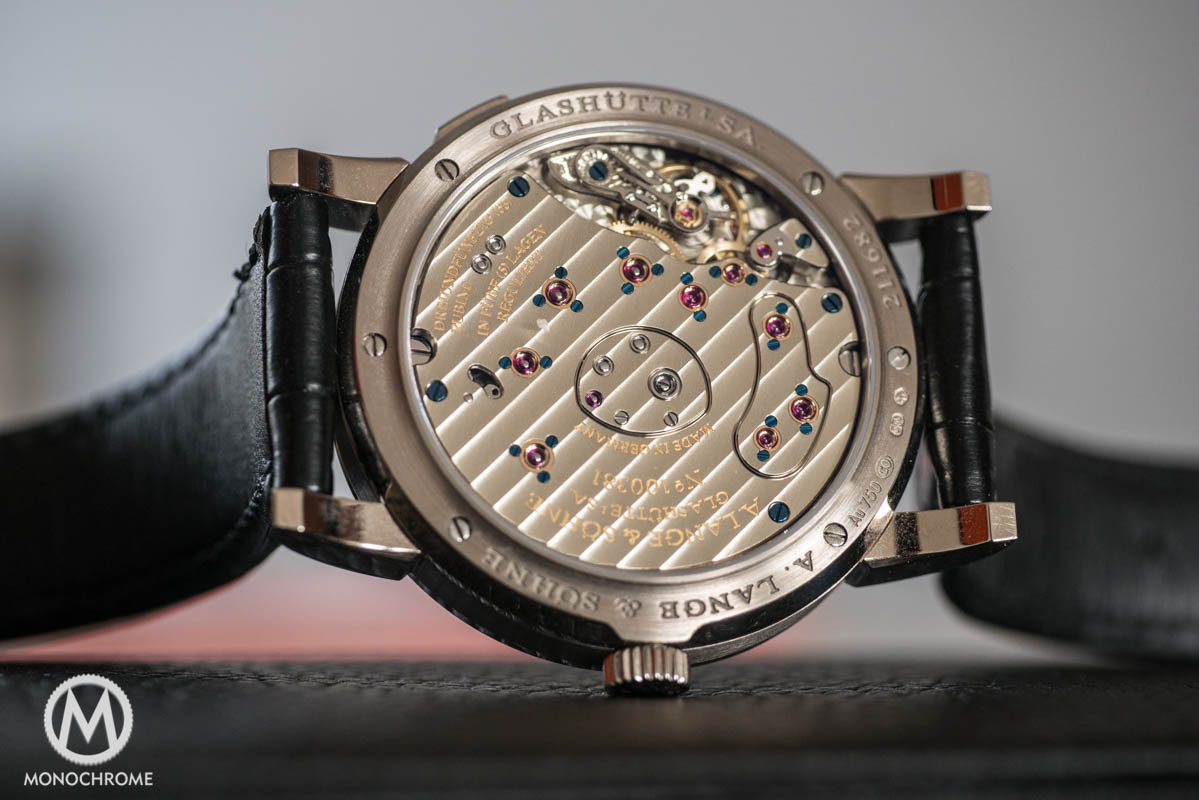
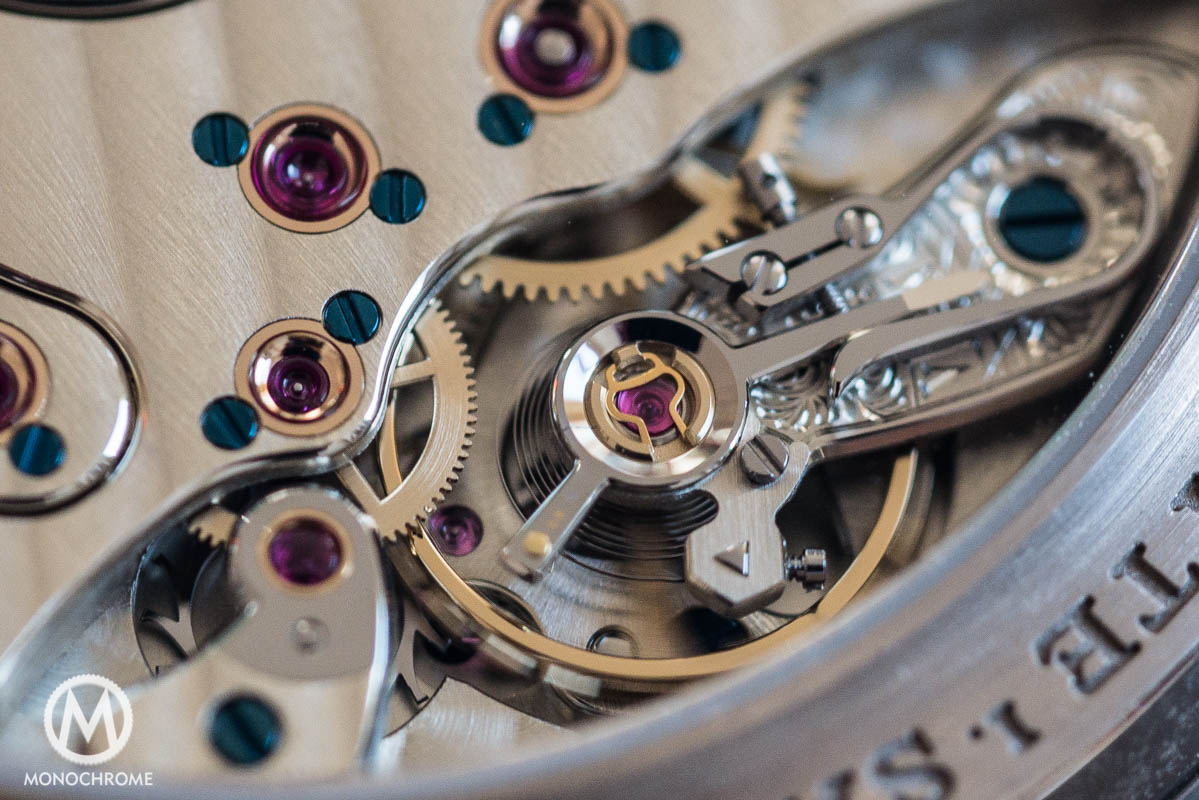
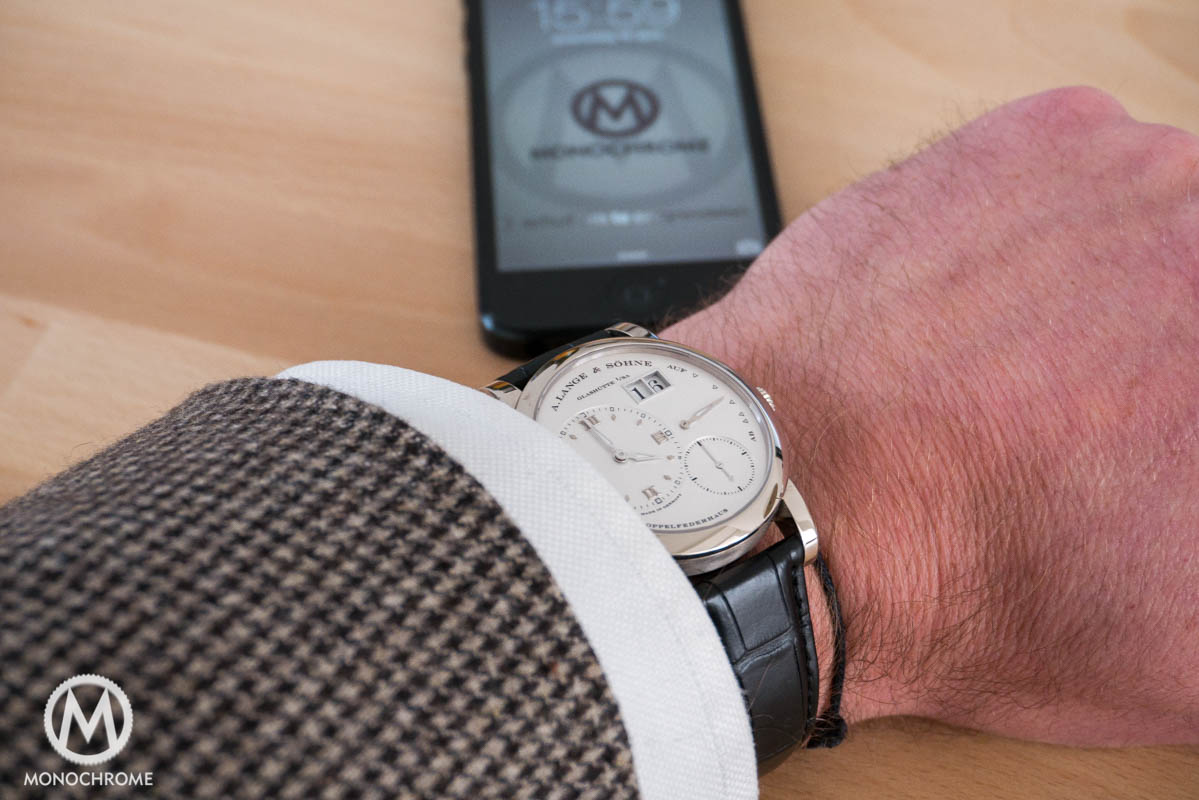
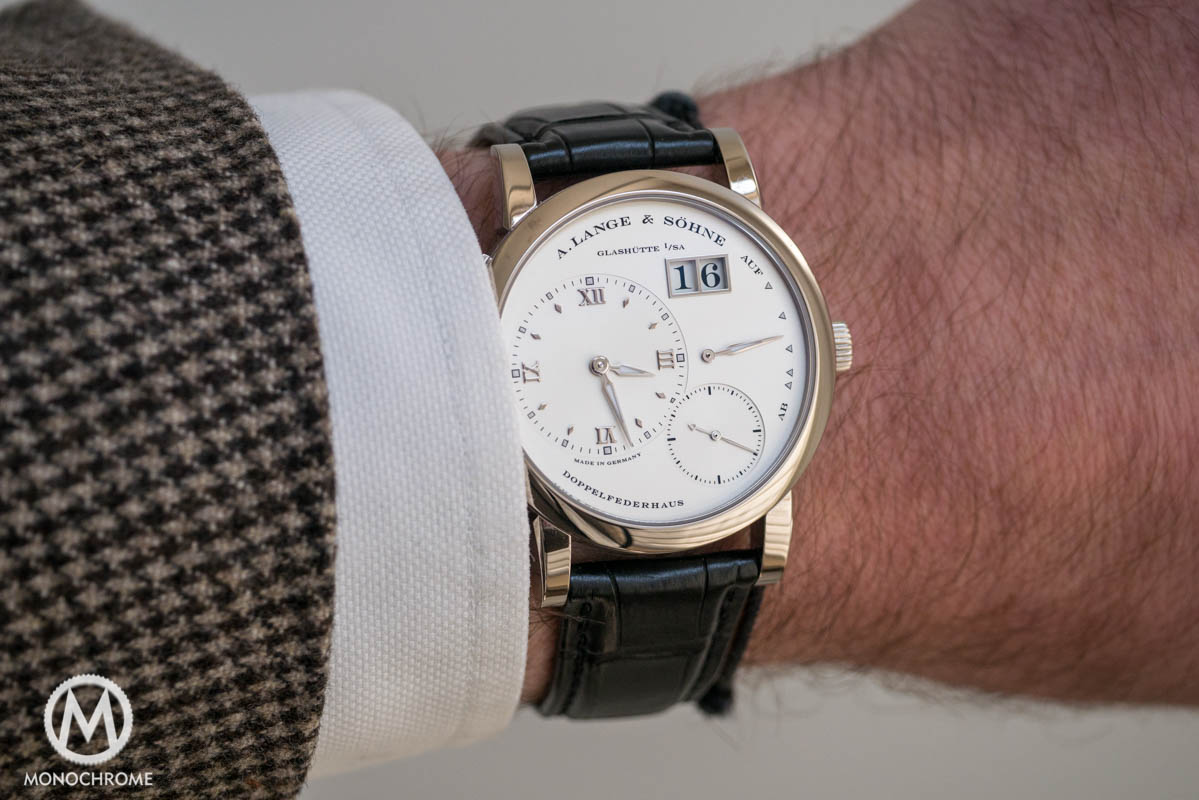



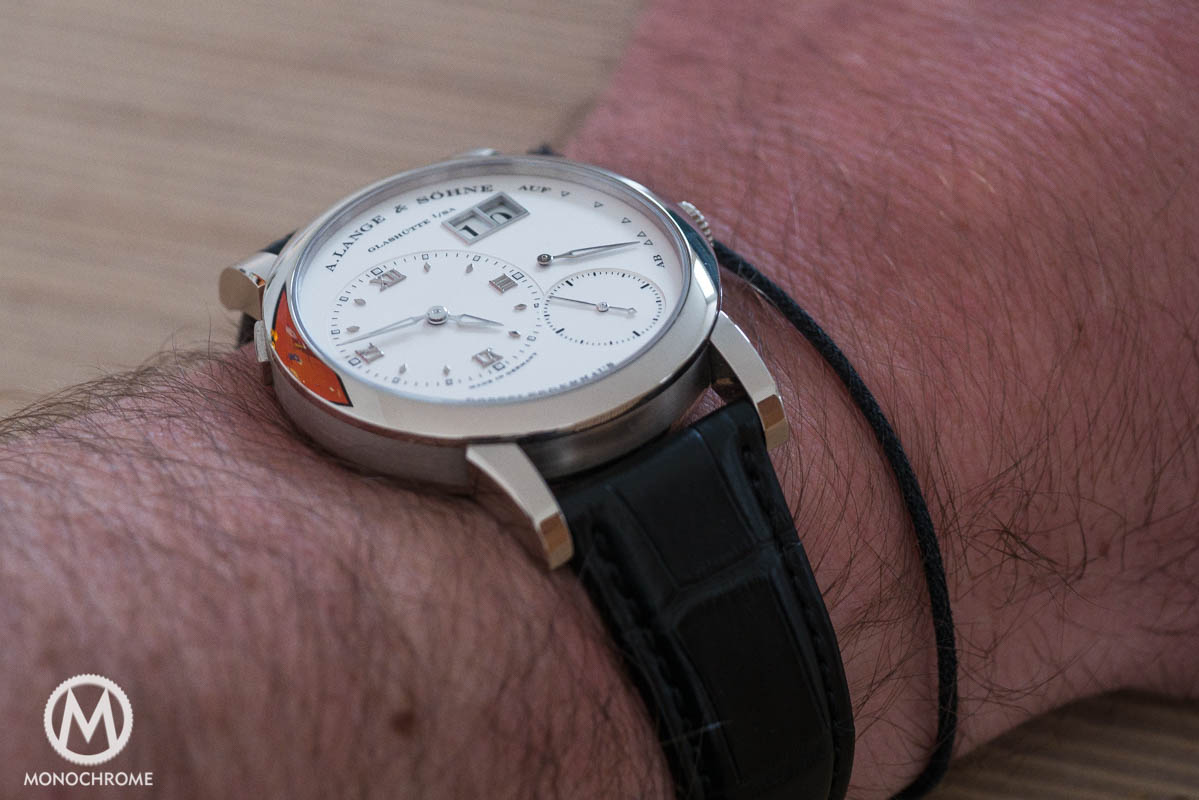

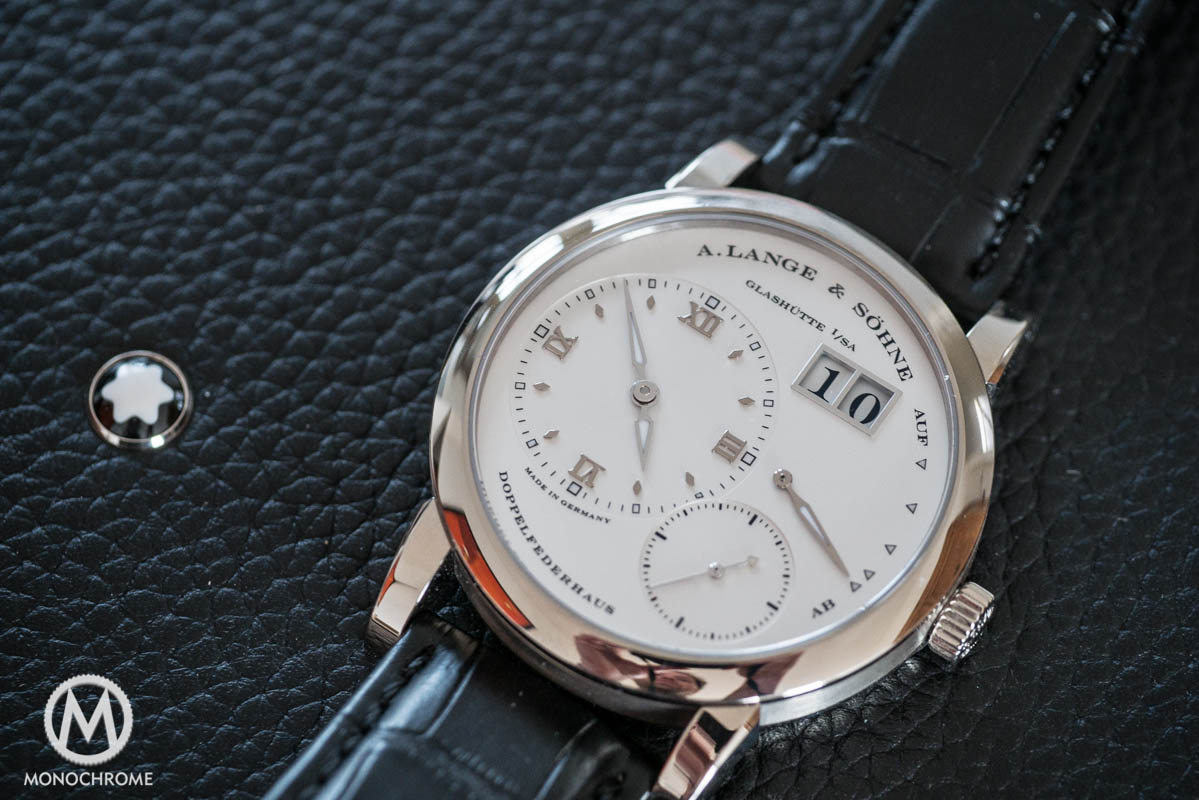



1 response
“The sculpted lugs are screwed onto the case-band” has confused a lot of people! It’s not true. The lugs are soldered, not screwed. If you look at a photo showing the inside of a Lange watch case, you will not see any screws.